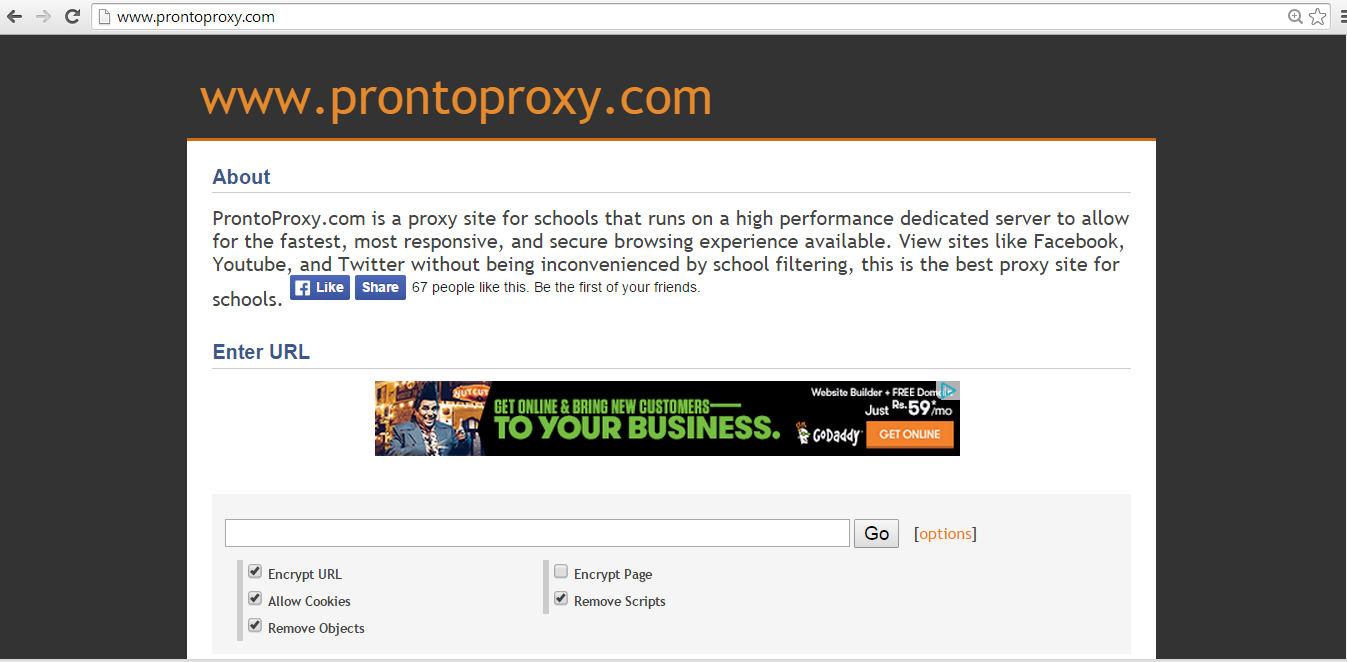Recover My Files
Recover My Files data recovery software will recover deleted files emptied from the Windows Recycle Bin, or lost due to the format or corruption of a hard drive, virus or Trojan infection, unexpected system shutdown or software failure.
Data Recovery Software Download
Current Version: 4.6.8.1012
Recover My Files data recovery software will recover deleted files emptied from the Windows Recycle Bin, or lost due to the format or corruption of a hard drive, virus or Trojan infection, unexpected system shutdown or software failure.
| Recover My Files - Data Recovery Software | Solution |
| Recover files even if emptied from the Recycle Bin |  |
| File recovery after accidental format, even if you have reinstalled Windows. |  |
| Disk recovery after a hard disk crash |  |
| Get back files after a partitioning error |  |
| Get data back from RAW hard drives |  |
| Recover documents, photos, video music and email. |  |
| Recover from hard drive, camera card, USB, Zip, floppy disk or other media |  |
Current Version: 4.6.8.1012
100% Safe, 100% Secure
To Recover deleted or corrupt photos:
DiskInternals Flash Recovery 4.2 full download using which you can recover deleted or corrupted photos within few seconds. Isn't that nice, its best that you can recover all your deleted data from the flash memory cards used in cameras.
DiskInternals Flash Recovery is a flash memory file recovery tool that restores all corrupted and deleted photographs or the ones that were lost due to hardware malfunction. This utility works even if a memory card was re-formatted.
DiskInternals Flash Recovery 4.2 full download using which you can recover deleted or corrupted photos within few seconds. Isn't that nice, its best that you can recover all your deleted data from the flash memory cards used in cameras.
DiskInternals Flash Recovery is a flash memory file recovery tool that restores all corrupted and deleted photographs or the ones that were lost due to hardware malfunction. This utility works even if a memory card was re-formatted.
Features:
• Easy Recovery Wizard.
• Can preview and recover JPEG, JPG, TIFF, BMP, PNG, GIF, TGA and other images.
• Can preview and recover RAW images:
• CRW - Canon Digital Camera Raw Image Format.
• CR2 - Canon Digital Camera Raw Image Format version 2.0.
• NEF - Nikon Digital SLR Camera Raw Image File.
• PEF - Pentax Raw Image Format
• RAF - Fuji CCD-RAW Graphic File.
• X3F - Sigma Camera RAW Picture File.
• BAY - Kodak/Roper Bayer Picture Sequence.
• ORF - Descent 3 Outrage Room Format.
• MRW - Minolta Diamage Raw Image File.
• RAW - Image Alchemy HSI Temporary Raw Bitmap
• SRF - Sony DSC-F828 Raw Image File.
• Other RAW images
• Works under Microsoft® Windows® 95, 98, ME, NT, 2000, XP, 2003 Server.
• Supported file systems: FAT12, FAT16, FAT32, NTFS (NT 4), NTFS5 (2000, XP).
• Recovered files can be saved on any (including network) disks visible to the host operating system.
• Creates recovery snapshot files for logical drives. Such files can be processed like regular disks.
• Easy Recovery Wizard.
• Can preview and recover JPEG, JPG, TIFF, BMP, PNG, GIF, TGA and other images.
• Can preview and recover RAW images:
• CRW - Canon Digital Camera Raw Image Format.
• CR2 - Canon Digital Camera Raw Image Format version 2.0.
• NEF - Nikon Digital SLR Camera Raw Image File.
• PEF - Pentax Raw Image Format
• RAF - Fuji CCD-RAW Graphic File.
• X3F - Sigma Camera RAW Picture File.
• BAY - Kodak/Roper Bayer Picture Sequence.
• ORF - Descent 3 Outrage Room Format.
• MRW - Minolta Diamage Raw Image File.
• RAW - Image Alchemy HSI Temporary Raw Bitmap
• SRF - Sony DSC-F828 Raw Image File.
• Other RAW images
• Works under Microsoft® Windows® 95, 98, ME, NT, 2000, XP, 2003 Server.
• Supported file systems: FAT12, FAT16, FAT32, NTFS (NT 4), NTFS5 (2000, XP).
• Recovered files can be saved on any (including network) disks visible to the host operating system.
• Creates recovery snapshot files for logical drives. Such files can be processed like regular disks.










